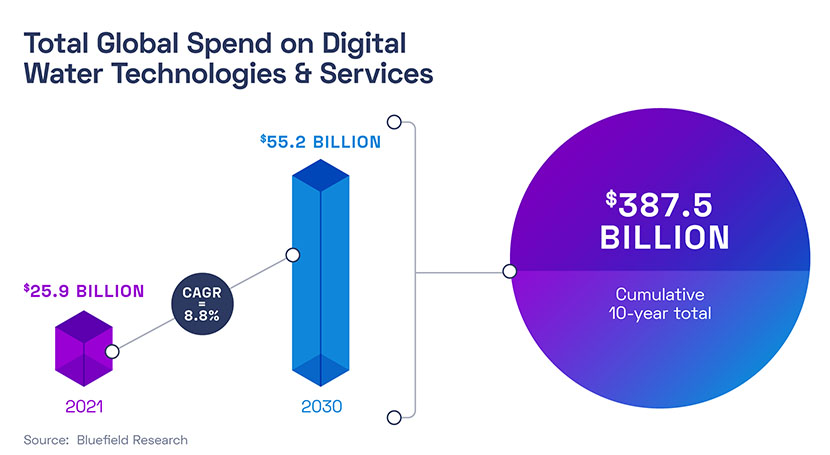Platform water refers to all water streams managed on an offshore installation, primarily associated with oil and gas production, but also applicable to other offshore structures. Effective management is critical for operational efficiency, environmental protection, and regulatory compliance.
Key Categories of Platform Water
- Produced Water: This is naturally occurring water from a reservoir that is co-produced with oil and gas. Its composition is complex, typically containing dispersed and dissolved hydrocarbons, inorganic salts (salinity often higher than seawater), heavy metals, naturally occurring radioactive materials (NORM), and various production chemicals (e.g., corrosion inhibitors, scale inhibitors, biocides). Produced water volumes often increase as a reservoir matures, becoming the largest effluent stream.
- Seawater: Extracted directly from the sea, it is used for multiple purposes:
- Cooling Medium: For process equipment and power generation.
- Injection Water: Treated and injected into reservoirs for pressure maintenance or to sweep oil towards production wells.
- Firewater Systems: Essential for platform safety.
- Desalination Feed: To produce potable and utility fresh water.
- Utility and Service Water: This category includes fresh water for domestic use (potable water), water for cleaning (deck wash, equipment cleaning), and other operational support systems. It can also include condensed water or treated bilge water.
- Ballast Water: For floating platforms, ballast water is used to maintain stability and trim. Its management is subject to international conventions to prevent the transfer of invasive aquatic species.
Core Management Objectives and Challenges
- Environmental Compliance: Meeting stringent local and international regulations for discharging water, particularly concerning oil-in-water (OIW) content, chemical oxygen demand (COD), and toxicity.
- Technological Limitations: Selecting and operating treatment technologies that are effective, robust, compact, and lightweight enough for offshore installation. Space and weight are premium constraints.
- Operational Integrity: Preventing issues like corrosion, scaling, and microbial growth (e.g., sulfate-reducing bacteria) in pipelines and equipment caused by improperly managed water.
- Cost-Effectiveness: Optimizing both capital expenditure (CAPEX) for equipment and operational expenditure (OPEX) for chemicals, energy, maintenance, and disposal.
- Variability: Handling fluctuations in flow rates and composition of produced water over the lifetime of a field.
Common Treatment and Disposal Strategies
A multi-stage approach is typically employed for platform water treatment, especially for produced water:
- Primary Separation: Gross removal of free oil and larger solids using gravity-based separators like three-phase separators, free water knock-outs (FWKO), or API separators/corrugated plate interceptors (CPI).
- Secondary Treatment: Removal of smaller oil droplets and suspended solids using technologies such as hydrocyclones, induced gas flotation (IGF), or dissolved gas flotation (DGF).
- Tertiary/Polishing Treatment: Further reduction of OIW and fine solids to meet discharge or reinjection specifications. Common technologies include nut-shell filters, multimedia filters, membrane filtration (microfiltration, ultrafiltration, nanofiltration, reverse osmosis), and adsorption media.
- Chemical Treatment: Use of demulsifiers, flocculants, coagulants, biocides, scale inhibitors, and corrosion inhibitors at various stages to enhance separation and protect equipment.
- Disposal/Reuse Options:
- Discharge to Sea: The most common method for treated water, provided it meets all regulatory discharge standards.
- Reinjection: Injecting treated produced water into the producing reservoir for pressure support or into dedicated disposal wells. This is often an environmentally preferred option.
- Beneficial Reuse: Less common offshore but includes possibilities like use in enhanced oil recovery (EOR) schemes or, after extensive treatment, for non-potable utility purposes.
Continuous monitoring and analytical testing are essential components of platform water management to ensure system performance and compliance.








